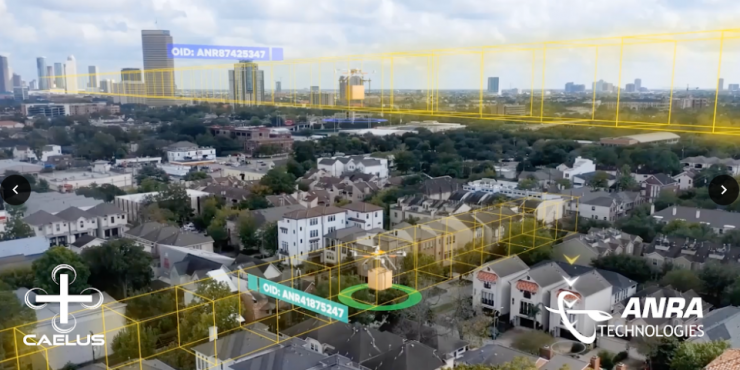By Jenny Beechener
Unmanned Traffic Management (UTM) relies on a robust regulatory framework, secure networks and reliable data according to panel experts discussing “The push and pull of new entrants to ATM” in the Wing Theatre on 27 October. ANRA Technologies CEO Amit Ganjoo said the “concept of UTM needs to deliver value-added services, and this process is not going to happen overnight.” It also requires a lot more digital exchanges than used in current air traffic management (ATM) as operations move from human-in-the-loop to human-on-the-loop.
Regulators have been slow to gather data said Benoit Curdy, head of digital transformation at the Federal office of Civil Aviation (FOCA): “For example, we need more data to enable the industry to move from manual to automated certification.” Switzerland’s U-Space Implementation (SUSI) programme launched in 2020 supports a limited set of automated operations, based on a first layer of standards, to inform ongoing European regulatory development. “There are still a lot of gaps. For example, it makes sense to differentiate between controlled and uncontrolled airspace, but this boundary is a challenge.” FOCA expects to remove this completely within 10 years and to allow services “when and where they are needed”.
Industry needs to play a part in the transition process and help in the development of solutions, for example through partnerships such as ANRA’s engagement with air navigation service providers in Europe, the US and India. Legacy ATM systems are typically disconnected from the internet for security reasons and understanding how to exchange information safely and securely will help to build bridges between UTM and ATM.
Eurocontrol U-space ConOps development project leader Andrew Hately said many of the technical solutions are already available, while industries such as banking provide an additional source of best practices. Safety remains a challenge, however, as it does not make a profit and the bar is currently set very high. “We have to convince people who have the data there is a reason to share it,” he said, “by pressing home the need for safety”.
Benoit Curdy believes there is a trade-off between safety and security where “security measures need to be economically viable”. Aiming too high risks undermining the business case to fly in the first place.




